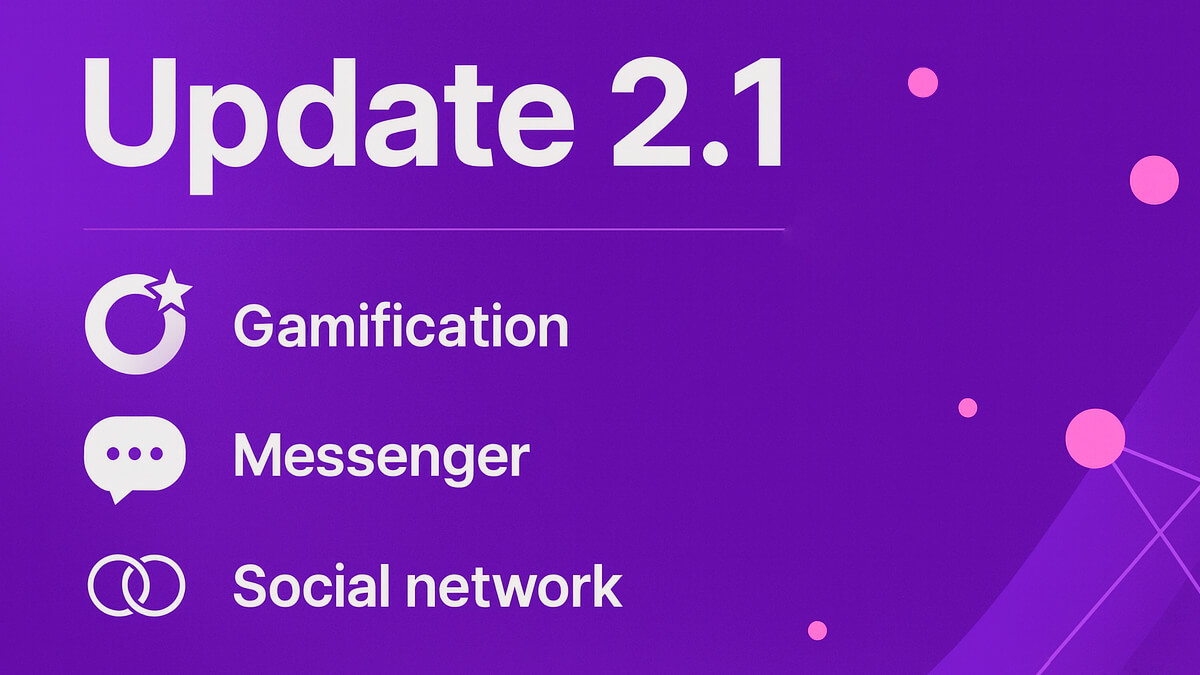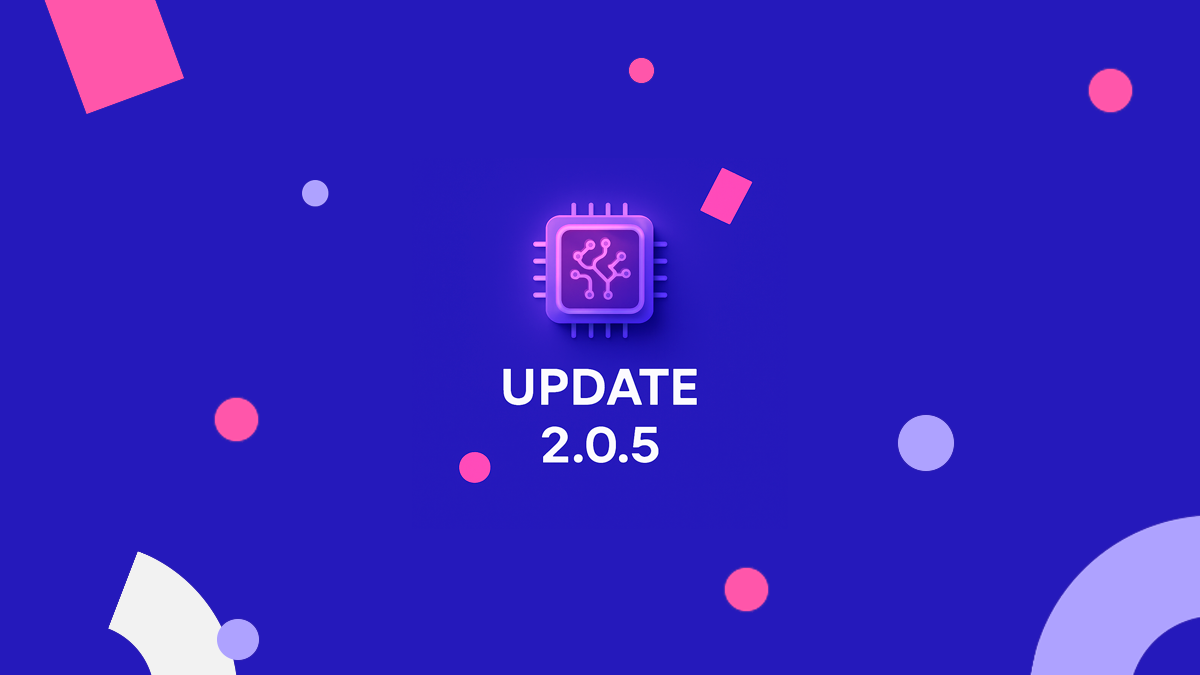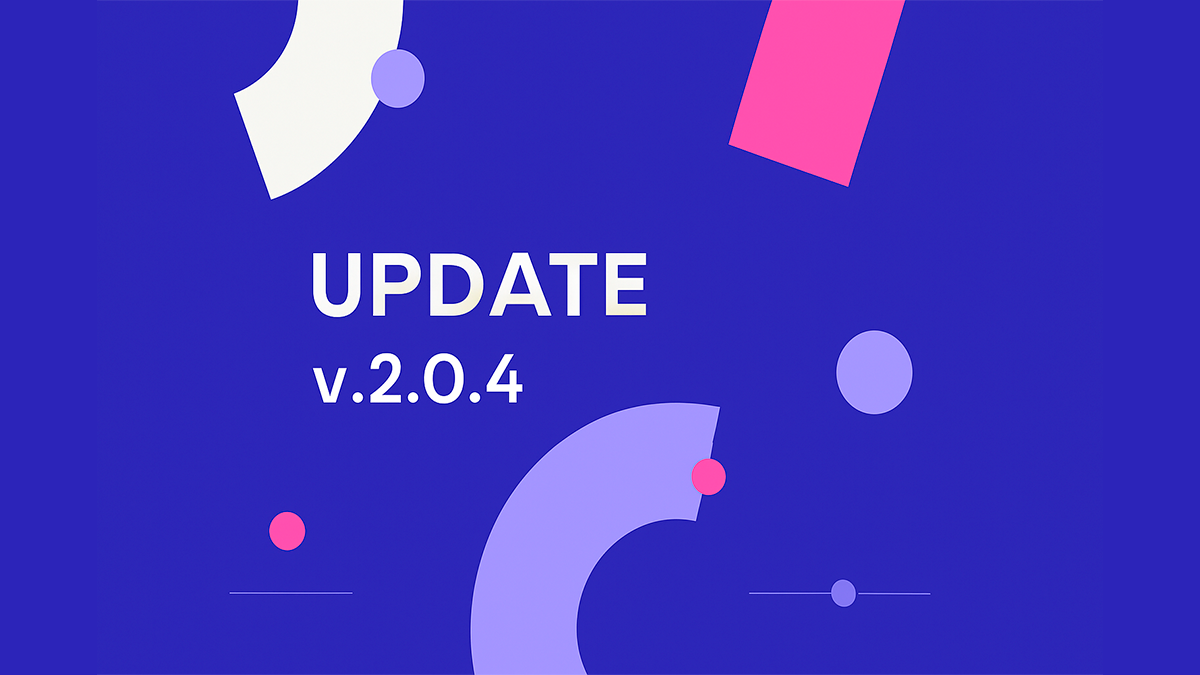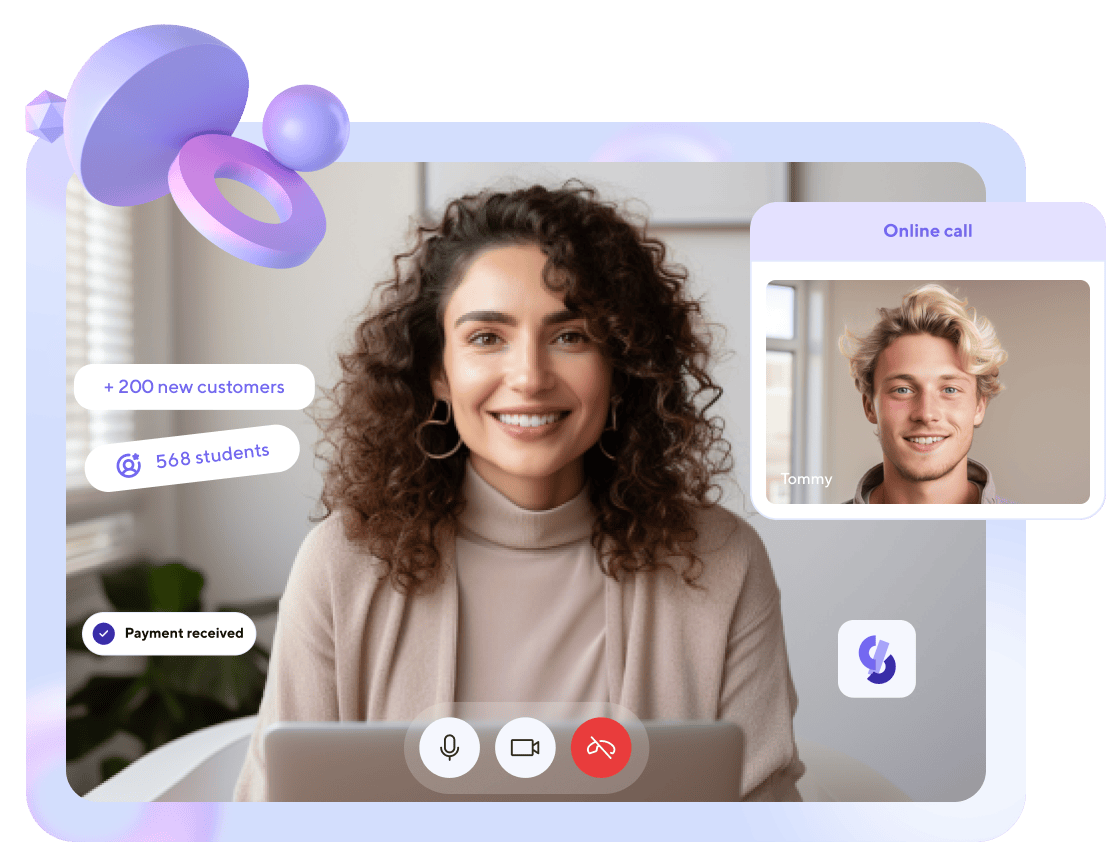5 Reasons Why Your Email Campaigns Don’t Sell

A familiar situation: you send emails regularly, you have subscribers — but no sales? It’s frustrating, but it can be fixed. Most often, the problem isn’t the product, but the communication.
Email campaigns can be a powerful sales tool — if used wisely. But instead of inspiring emails that motivate people to buy, subscribers often receive dry templates, unclear offers, or simply too much information at once. As a result, people don’t open the emails, don’t click the links, and don’t respond to the offers.
The reasons may vary: poor content, incorrect audience segmentation, bad timing, or a simple lack of strategy. Email marketing is not just “sending a promo to everyone.” It’s a dialogue with real people who have their own needs, moods, and level of trust in your brand.
If you want your emails to sell, you need to look deeper: how your subscribers perceive your messages, whether they see value in them, and whether you speak their language.
In this article, we’ll go over 5 common mistakes that make even the best offer get lost in the inbox — and show you how to turn your email campaign into an effective sales tool.
1. You Only Sell — But Don’t Help
People subscribed to your emails not because they want to see discounts every week, but because they’re looking for value — inspiration, advice, knowledge, or ideas to solve their problems. If every message turns into a direct sales pitch with a “buy now” call, subscribers quickly lose interest and click “unsubscribe.”
Email is not a store window — it’s a way to build trust. Trust is built when you don’t just sell, but help. You explain, show, guide. Even if someone isn’t ready to buy today, valuable content will keep them around — and they’ll return when the time is right.
Follow the 80/20 rule: 80% of your emails should provide value, and 20% should focus on sales.
For example, if you sell online courses, instead of constantly sending discount emails, share useful content: explain how to study effectively online, how to choose a learning path, or show a short case study of a graduate who applied your knowledge in practice. If you host webinars, share a common beginner mistake and give a short tip on how to avoid it.
This approach positions you as an expert people trust. And when they trust you — they buy without pressure.
To keep the balance, plan your email schedule like a content calendar. For example:
- Week 1 — valuable content (tips, checklist, toolkit roundup);
- Week 2 — client story or case study;
- Week 3 — educational email or answer to a popular question;
- Week 4 — promotional offer or campaign launch.
That way, you won’t seem pushy, and your emails will become something subscribers look forward to. People will open them not “despite the ads,” but because of the value you provide.
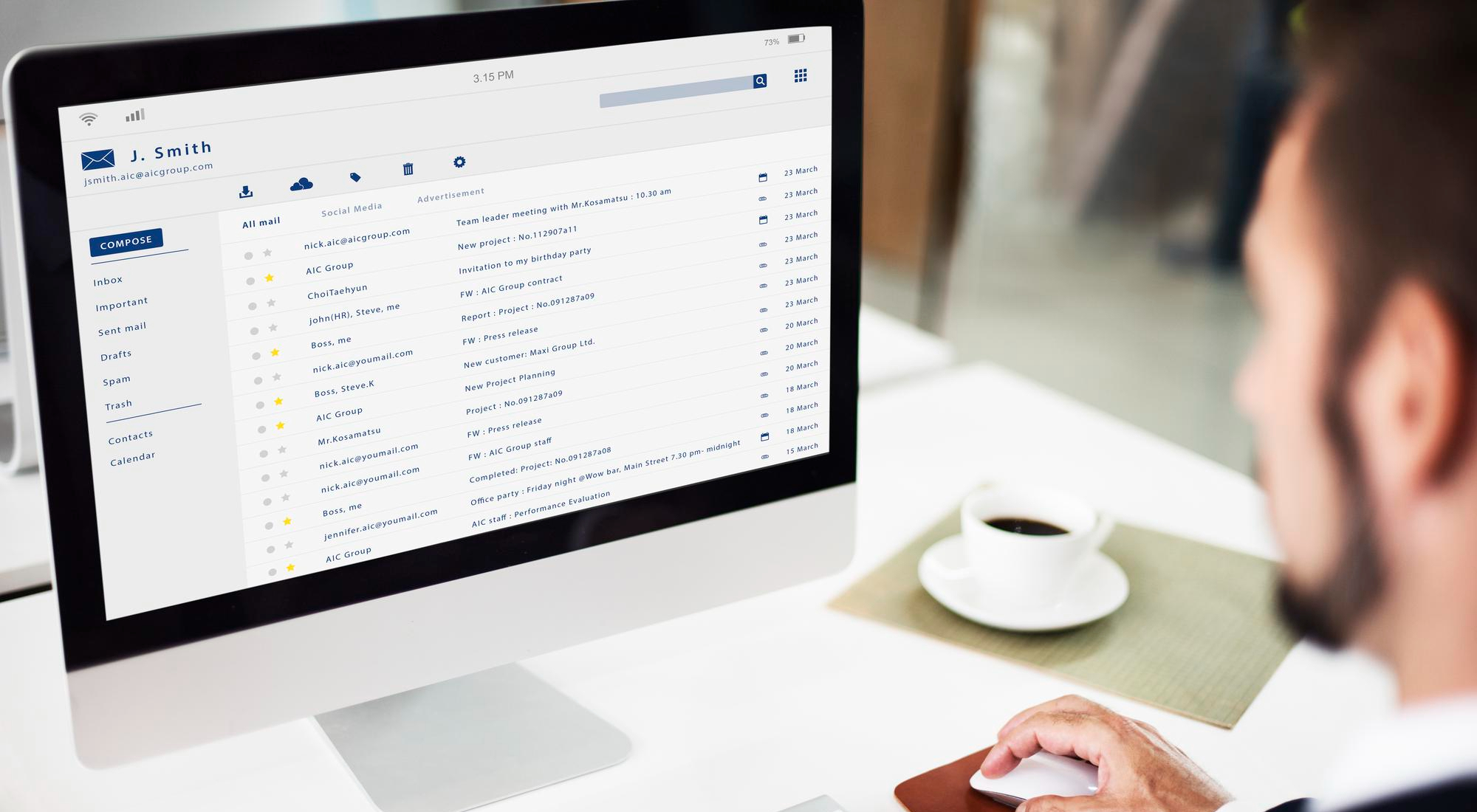
2. Your Emails Are Irrelevant
Sending the same email to your entire list is like trying to sell a design course to someone who subscribed for your finance content. Technically, the email was delivered — but it brought zero value. This is exactly why most email campaigns fail: the content doesn’t match what people are truly interested in.
When you speak to all your subscribers “with one voice,” you lose the most valuable thing — the feeling of a personal connection. In your list, there are people who just discovered you, and others who have already taken your course or even bought several programs. Naturally, their needs are different.
That’s why audience segmentation is the key to effective email communication. It helps you speak to each group in a way that feels relevant to them.
Ways to segment your audience
- New subscribers. Send them a welcome series: tell them who you are, explain the value of your approach, share your most popular article or video. Add a bonus — for example, a short guide or checklist related to the course topic.
- People who showed interest but didn’t buy. Offer a free mini-lesson or record a short video addressing common objections (“I don’t have time,” “I’m not tech-savvy,” etc.).
- Students who have already taken your course. They’re ready for the next step — tell them about an advanced program, launch an alumni club, or share exclusive content not available publicly.
- Inactive subscribers. Invite them to a free webinar or challenge to “reawaken” their interest and bring attention back to your brand.
You can also segment by behavior: who opens emails, who clicks links, and who ignores everything. This allows you to build automated workflows — for instance, sending a follow-up email only to those who viewed the course page but didn’t complete the purchase.
Such personalized approaches work far better than mass emails. People feel that you understand their journey and offer exactly what they need right now.
❌ No: when everyone receives the same “universal” email about your new course, regardless of whether they know you or not.
✅ Yes: when you send different messages for different stages of the relationship — and each email feels relevant, timely, and genuinely useful.
3. A Boring or “Spammy” Subject Line
Your email subject line is the first (and sometimes only) chance to grab your subscriber’s attention. It determines whether your email gets opened or sent straight to the archive. If your subject says “Our new offer!!!” or “Monthly newsletter,” chances are low — people simply don’t see any value in it.
Among dozens of incoming messages, a user will open only the one that stands out — not with shouting or “!!!”, but with clarity, emotion, or value. Remember: your email competes with work messages, social media notifications, and tons of ads. That’s why your subject must immediately answer the question: “Why should I open this?”
Three types of subject lines that work:
- Intrigue. For example: “The mistake 8 out of 10 course creators make.” People want to check if they’re among those eight.
- Promise of benefit. “How to structure your online course material in 15 minutes” or “3 ways to make educational emails more engaging.”
- Emotional connection. “Why students quit courses — and what to do about it.” Such topics evoke empathy, especially among school owners or course producers.
At the same time, avoid certain words — like “free,” “discount,” “urgent,” or “buy now.” Email services often flag them as spam, and they make your message feel pushy.

How to test your subject line before sending
- Write 2–3 versions and ask a colleague which one they’d actually want to open.
- Check if the subject clearly conveys what the email is about. If it takes a second read to understand, rephrase it.
- Review your previous subject lines: if they all look alike, change the format — ask a question, include a number, or use a quote.
The subject line isn’t just a “title” — it’s the hook that determines the success of your entire campaign. So spend as much time crafting it as you do writing the email itself.
❌ No: “Program update” or “Our new newsletter!!!”
✅ Yes: “This course description mistake lowers student trust.”
4. Lack of Trust
People don’t just buy a course — they buy confidence that you can truly help them. And that confidence doesn’t appear after a single email. It needs to be built consistently. If you show up in their inbox once every six months just to announce “last spots available,” even the best program won’t spark interest — because the reader has no emotional connection with you.
Trust starts with consistency. When a subscriber regularly sees your emails, a habit forms: “Oh, it’s that author who always shares something useful.” Then even a sales email feels like a natural continuation of the relationship, not an intrusive ad.
Here’s a simple formula: value first → trust second → sales last. But this “pyramid” only holds when you openly show the person behind the brand.
What helps build trust in email marketing
- Personality. Write “from yourself,” not from an anonymous team. Add a human touch — share a short story about how your course idea was born or mention a personal failure that taught you something. It works far better than dry templates.
- Testimonials and case studies. Show student results — quotes, screenshots, short “before → after” stories. People believe people, not banners claiming “1,000 graduates.”
- Transparency. Don’t promise what your course doesn’t deliver. Honestly say who it’s for and who it’s not for. This approach doesn’t scare people away — it strengthens trust, because you sound like an expert, not a desperate salesperson.
- Consistency in content. If one day you talk about the importance of practice and the next you promote a “miracle shortcut,” trust collapses. Keep a consistent tone, style, and set of values.
For example, an online school that shares weekly teaching tips, student stories, and real learning outcomes builds a reputation as an expert long before making a sale. Then, when the email with “Join the new cohort” arrives, the audience is already ready to buy — because they feel like they “know” the author.
Trust is a currency that accumulates over time. If you build it gradually, your emails will start selling — even without aggressive offers.
❌ No: disappearing for six months and then showing up with “payment today only!”
✅ Yes: sharing stories, values, and insights.
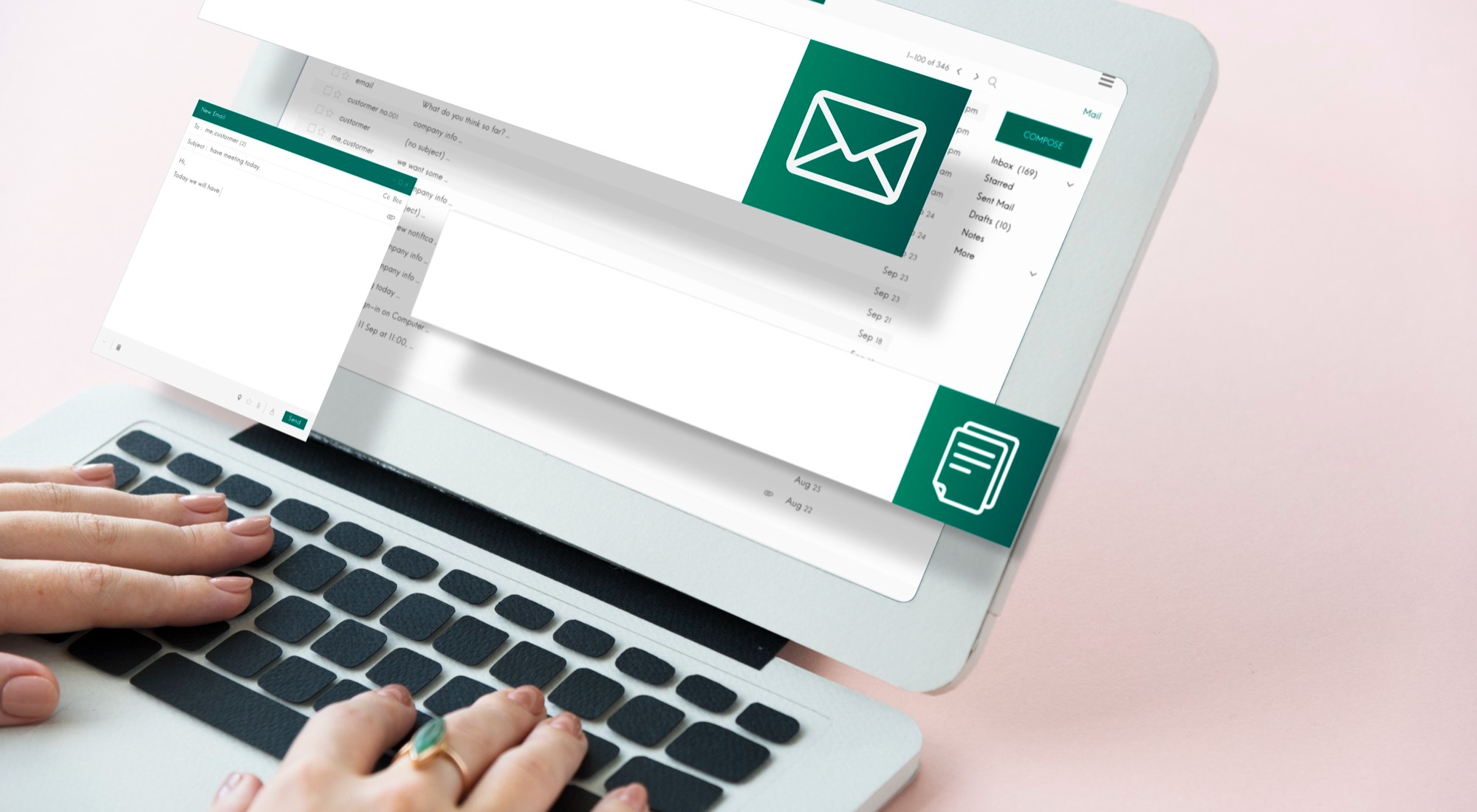
5. You’re Speaking to “Everyone” Instead of Your Community Core
When you create an email campaign, it may seem that the wider the reach, the better. But in reality, it’s the opposite: by trying to appeal to “everyone,” you risk resonating with no one. Especially if you overlook those who are already with you — the most active, loyal people who read every email, comment on webinars, share your materials, and are often ready to buy.
This is the core of your community — your golden asset, and it’s usually what drives most of your sales. Yet many course creators and producers get distracted, trying to “reactivate” inactive subscribers or impress new ones, instead of strengthening relationships with those who already trust them.
When you communicate with your audience in a “generic” way — with broad, impersonal messages — your most loyal readers stop feeling like part of a community. They want more: a sense of belonging, personal attention, and direct contact with the author. That’s exactly what you should give them.
How to put this into practice
- Create a separate segment for your community core. This can include course graduates, challenge participants, or those who open your emails most often.
- Give them more than the rest. For example, access to private webinars, early registration for new programs, bonus materials, or personal Q&A responses. Even a small privilege can greatly boost loyalty.
- Make your tone more personal. Not just “Dear students,” but “Hey team!” or “Friends, I want to share what worked in our community this month.” This style creates a sense of connection and belonging.
- Involve them in product development. Ask for their input on upcoming course topics or learning formats. When people feel they influence the process, they become brand advocates.
An online school that cares for its core audience often performs better than one constantly “chasing” new subscribers. Loyal followers not only buy again — they bring in new students through recommendations.
So don’t be afraid to do something exclusive for your long-term supporters. It won’t weaken your overall results — on the contrary, it will send the right signal: you value those who stay close.
When you start writing for your most dedicated readers, everyone else will gradually follow — because they’ll feel the genuine energy, sincerity, and engagement that ordinary newsletters often lack.
❌ No: sending the same “average” emails to everyone, hoping to engage a few passive readers.
✅ Yes: creating a VIP segment for your community core, giving them early access, special bonuses, and more interaction.
—
Email marketing can be a powerful sales tool — but only when it’s guided by a strategy, not just the impulse to “send something out.” The biggest mistake most make is putting sales above relationships. People buy from those they trust, who speak their language, and who offer value even outside of selling.
Treat your audience as a living community: listen to them, share insights, showcase results, and give extra attention to those who’ve been with you the longest. That’s when your emails will stop being “just another campaign” and become part of a brand people genuinely look forward to hearing from.
Email campaigns built on trust, consistency, and respect for the reader don’t just sell — they create a stable ecosystem around your product. And that is the best possible investment in the growth of your online school.
Articles are good, but social media posts are faster!
Subscribe to us and be the first to receive tips and tricks
on promoting your online school!


Earn money on your knowledge and experience with
Softbook!
to the platform for setting up your own school!
